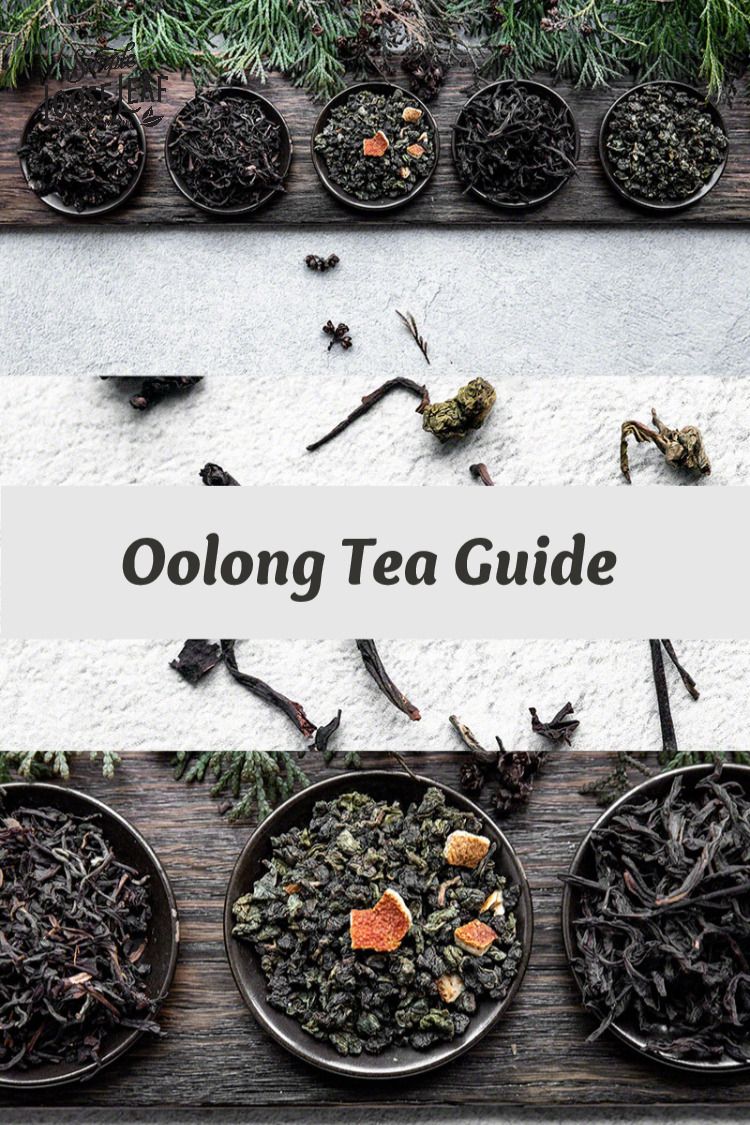Embarking on a sensory expedition, the world of oolong tea presents a veritable cornucopia of flavors, often defying simple categorization. It’s not merely “tea-flavored”; rather, it’s a nuanced experience, a symphony of tastes that dance upon the palate. So, what does oolong tea truly taste like? Prepare to have your preconceptions challenged.
The answer, as with most complex gustatory inquiries, is multifaceted. Oolong isn’t a monolithic entity. Instead, it encompasses a vast spectrum dictated by oxidation levels, terroir, and processing methodologies. Understanding these factors is pivotal to appreciating the diverse flavor profiles oolong offers.
Oxidation: The Alchemic Key
Oxidation, the enzymatic browning process that occurs when tea leaves are exposed to air, is the paramount determinant of oolong’s character. Lightly oxidized oolongs, often verdant in appearance, tend to exhibit floral and vegetal notes. Think of fresh orchids, honeysuckle, and a hint of sweet grass, evoking the essence of spring meadows. These teas are often prized for their delicate astringency and lingering sweetness.
Conversely, heavily oxidized oolongs take on a darker hue and a more robust personality. These teas lean towards roasted, nutty, and even fruity flavor profiles. Imagine notes of toasted almonds, caramel, dried plums, and a subtle hint of cocoa. The body is typically fuller, and the astringency is less pronounced, replaced by a comforting warmth.
Terroir: The Signature of the Land
The geographical origin of the tea leaves, the terroir, also plays a significant role. Just as wines are influenced by the soil, climate, and topography of their vineyards, oolong teas inherit the characteristics of their growing regions. Taiwanese oolongs, for example, are celebrated for their creamy textures and intricate floral complexities. The high-mountain oolongs of Taiwan, grown in misty, cool climates, often possess a distinctive “milky” character, a smooth, almost buttery mouthfeel that is highly sought after.
Chinese oolongs, particularly those from the Wuyi Mountains, boast a unique “rock taste,” a mineral-rich flavor imparted by the rocky terrain. These teas are known for their roasted character, often accompanied by subtle notes of stone fruit and spice. The specific cultivars used, such as Da Hong Pao, further contribute to the singularity of their flavor profiles.
Processing: The Artisan’s Touch
Beyond oxidation and terroir, the processing techniques employed by tea artisans significantly impact the final taste. Rolling, shaping, and firing (heating) the leaves are crucial steps that influence the tea’s aroma, flavor, and overall structure.
Some oolongs undergo a “ball-rolling” process, where the leaves are repeatedly rolled into tightly compressed spheres. This method helps to develop a rich, concentrated flavor and a long-lasting aroma. Others are traditionally pan-fired, which imparts a distinctive roasted character and reduces bitterness.
Furthermore, the degree of firing can dramatically alter the taste. Lightly fired oolongs retain more of their fresh, vegetal notes, while heavily fired oolongs develop a deeper, more complex roasted flavor.
Beyond the Basic Descriptors: A More Nuanced Palate
Moving beyond the typical flavor descriptors, experienced tea drinkers often detect more subtle nuances in oolong teas. Notes of honey, spice, and even umami (savory richness) can be present, adding layers of complexity to the drinking experience. Some oolongs exhibit a distinct “cooling” sensation, a refreshing feeling that lingers on the palate after each sip.
The texture of the tea liquor is another important aspect. Some oolongs are thin and delicate, while others are full-bodied and creamy. The mouthfeel, the way the tea feels in your mouth, can range from smooth and velvety to slightly astringent and drying.
A Journey of Exploration: Finding Your Perfect Oolong
The best way to truly understand the taste of oolong tea is to embark on a journey of exploration. Sample a variety of oolongs from different regions and oxidation levels. Pay attention to the aroma, the flavor, and the texture of each tea. Keep a journal to record your observations and preferences. With practice, you will develop a more refined palate and be able to appreciate the subtle nuances of this remarkable beverage.
Ultimately, the taste of oolong tea is a personal experience. What one person finds delightful, another may find less appealing. The key is to be open to new experiences and to explore the vast and diverse world of oolong with curiosity and an adventurous spirit. Prepare to be surprised, enchanted, and perhaps even transformed by the experience.









Leave a Comment